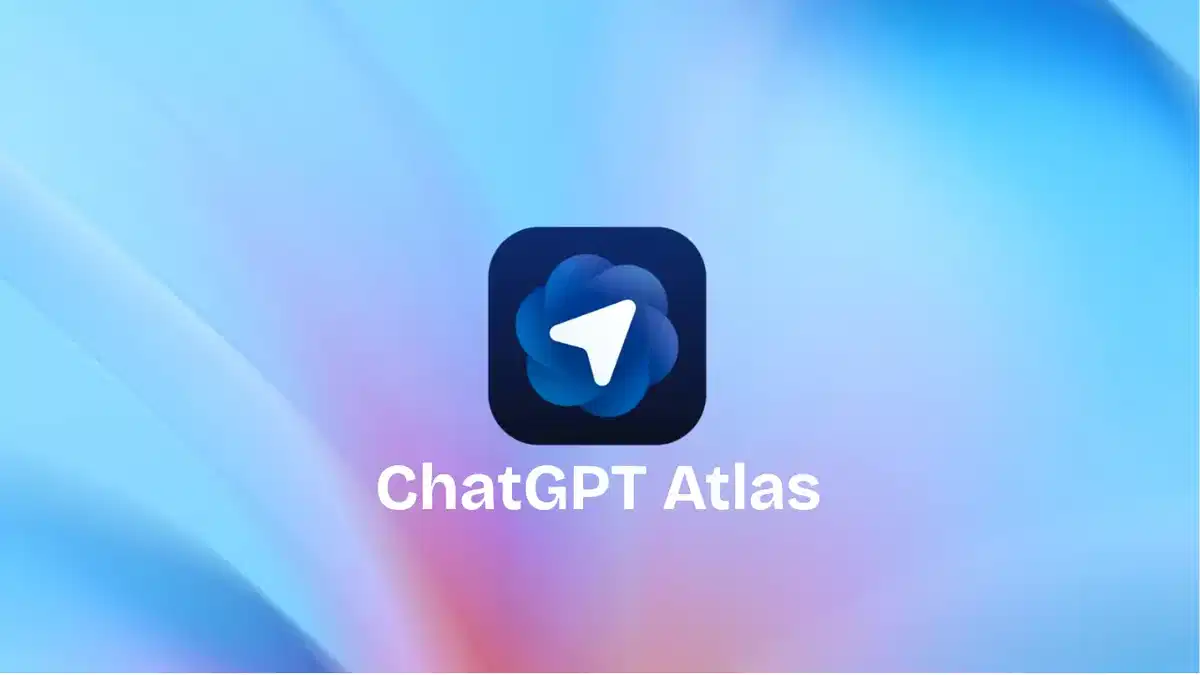For millions of daily players, the Spelling Bee puzzle has become more than just a pastime—it’s a ritual, a mental workout, and a social gathering of sorts. As this linguistic hobby evolves, a deeper story is emerging: one about gameplay culture, community feedback, and the rising influence of amateur “hiveminds” on what was once a bastion of solitary puzzling.
A Game with a Buzz
The Spelling Bee presents a hexagonal grid of seven letters, one of which is central and mandatory in every word-guess. Players must use that central letter in each word, form words of at least four letters, and often strive to find the day’s special “pangram” — a word that uses all the letters. Simple rules; yet the challenge is rich, and the engagement deep.
What began as a puzzle meant to sharpen vocabulary and delight word-lovers soon morphed into a daily social habit. Players share scores, swap strategies, and eagerly await clues. Many join online forums, chat groups and social-media threads—collectively forming a vibrant “hive” of amateur puzzle-fans.
The Hivemind Emerges
Over time, the Spelling Bee community has grown into an ecosystem of its own. Dedicated players track patterns, analyse past puzzles and post hints for less obvious words. Some even compile “word lists” or generate tools that help identify letter-combinations faster. While the game designers did not foresee such mass collaboration when they launched the daily puzzle, they’ve come to embrace it—recognising that the community adds value, makes the game more vibrant, and helps sustain interest.
What’s fascinating is how the hivemind not only plays the game, but shapes its culture. Players debate what constitutes a valid word, whether certain obscure words should qualify for “Genius” status, and how to maintain the right balance between accessibility and challenge. The game designers, behind the scenes, monitor feedback—sometimes adjusting word-lists, rule-modifications, or scoring subtly in response to the community’s evolving expectations.
The Editor’s Dilemma
Behind each day’s puzzle stands the editor (and his team), tasked with picking letters, designing grids, anticipating player reactions and gauging difficulty. On one hand, they aim to make the puzzle achievable enough to keep casual players engaged. On the other, they must offer a sufficient challenge so that more hardcore players remain satisfied. Too easy? Players lose interest. Too obscure? Many quit.
The tension between fun and frustration is constant. The community will surface complaints if a grid seems unfair, or if an obscure word sneaks in that confuses most players. At the same time, transparency in word-selection processes and responsiveness to feedback matter a great deal—especially in a game where players feel part of a collective rather than simply “users”.
When the Hive Reacts
The relationship between designer and player-community has had its friction. Occasionally, players will protest when a puzzle seems off-kilter: maybe a word is judged invalid, or a letter-set seems to favour very few words. They’ll vent on forums, social-media groups and gaming-subreddits. In turn, the editorial team sometimes issues clarifications, admits oversight or tweaks subsequent puzzles.
Interestingly, this dynamic means the community now acts as a kind of informal quality-control network. If enough players complain, designers may step in more quickly, adjust difficulty trajectories, or even offer retrospective commentary on how the puzzle could have been better calibrated. That kind of feedback loop is rare in traditional print puzzles, but in an online daily game it’s become a defining feature.
Why It Matters
The evolution of the Spelling Bee and its community illuminates broader trends in gaming, media and culture:
- Community engagement: The puzzle’s success is inseparable from the community that plays and discusses it. This suggests that in digital creativity, users aren’t just consumers—they’re co-creators in culture.
- Game design transparency: As players become more sophisticated, game-makers must evolve. They need to anticipate not only what players will do, but how they will respond collectively—especially in public forums.
- Habits and mental workflows: A daily puzzle becomes a mini-ritual. For many it’s a moment of mindful challenge, akin to a crossword or sudoku, but with its own twist. The fact that so many players share scores and talk about the puzzle reinforces the social element.
- Word-play as social glue: What might seem a solitary activity—arranging letters—has become social. Players discuss pangrams, rejoice over rare words, compare strategies, and build rapport. It’s a reminder that even simple games can serve as connection points.
Looking Ahead: What to Watch
As the Spelling Bee continues to grow in both popularity and scrutiny, several issues will be interesting to observe:
- Word-list evolution: Will editors start favouring more inclusive vocabulary? Will rare words be deemphasised in favour of more broadly accessible words, or vice-versa?
- Community moderation: As forums grow more active, maintaining civil discussion, clarifying rules and managing disputes will become more important. The game’s reputation depends partly on trust in its fairness.
- Cross-platform expansion: With mobile apps, browser versions and social streams, how the game manages reach, monetisation, and integration with other word-games could impact its future.
- Cultural adaptation: The Spelling Bee model might inspire other languages or regions. How translators and local designs balance challenge and accessibility is a rich avenue of growth.
- AI and word-games: With greater AI word-generation and solver-tools available, how the game resists automation and retains its appeal as a meaningful human challenge is open. The hivemind sometimes pushes back on “solver culture” that renders the puzzle trivial.
Final Thought
In the fast-moving world of mobile games, where novelty often reigns and attention spans shorten, the Spelling Bee has stood out for its staying power. Why? Because it lives in a sweet spot: deep enough to challenge, simple enough to share, and social enough to build a community.
Behind the puzzle’s seven letters lies something far richer: a culture of word-enthusiasts, a rhythmic daily habit, and an example of how user-communities amplify and shape digital experiences. As that community buzzes on, the Spelling Bee doesn’t just ask “how many words can you make?”—it asks “who will you make them with?”
















Leave a Reply